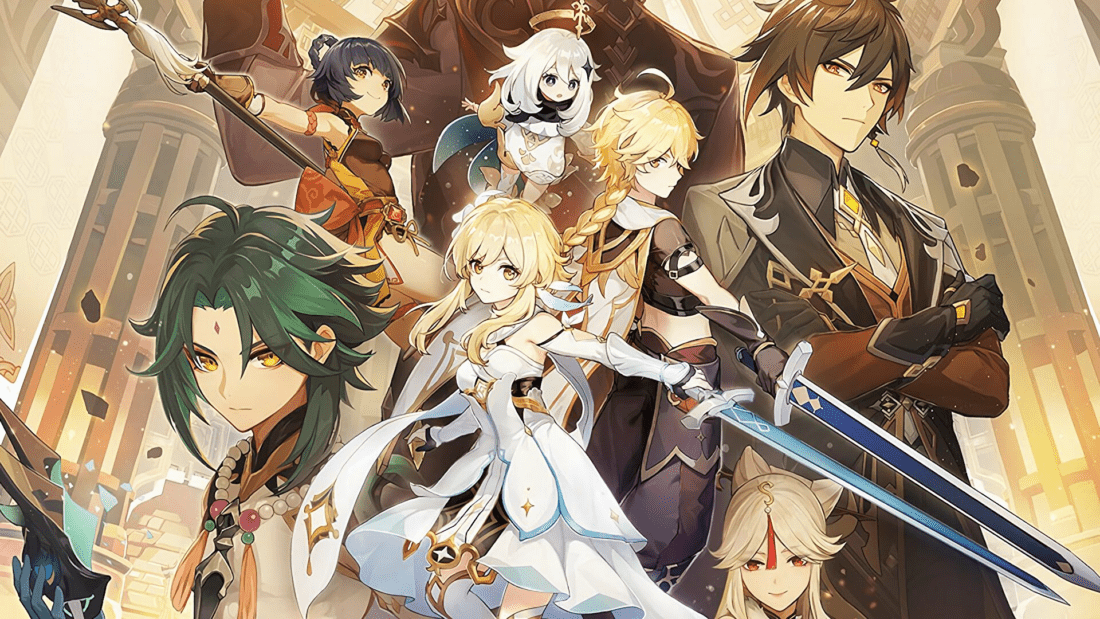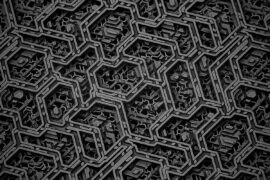Crafting compelling characters is essential to the success of any 3D animation or game. To design truly remarkable figures that come alive in your world, focus on key details before moving forward with the process. Think about how they will look and move within this new space, as well as what unique elements you can add to make them stand out from other creations! Crafting distinctive, unforgettable character designs for your projects starts with the basics – body proportions and facial expressions. In this blog post, we’ll explore what makes great character design stand out from the rest and how you can use those elements to make an impact. Let’s start creating!
What makes great character designs so special?
An essential factor to consider when designing 3D character models is proportionality. After all, you want your characters to look lively and believable! This requires closely monitoring the ratio between the head, torso, and limbs – making sure they are proportional enough for a realistic representation of the body.
How to make sure your characters look realistic and natural?
When creating dynamic characters, don’t forget the importance of facial expressions! The way a character emotes can be essential for bringing them to life. Without attention paid to their face, your design may appear off-puttingly unnatural.
Facial Expressions
When creating dynamic characters, don’t forget the importance of facial expressions! The way a character emotes can be essential for bringing them to life. Without attention paid to their face, your design may appear off-puttingly unnatural.
Tips for creating cool facial expressions
When creating facial expressions, one tip is to use reference images or videos of real people. This will help you get a better understanding of how certain expressions look and feel so that you can apply them to your characters.
Another tip is to pay attention to the details – like wrinkles, shadows, and highlights – that make an expression more believable and realistic. Even small changes to a character’s face can have a big impact on how they look and feel.
Clothing & Accessories
To make your characters appear more lifelike, you can use clothing and accessories to express their personalities. Consider the textures, fabric types, and colors used in their garments; it’s all about those little details that give them an added dimension of realism! Accessorize with jewelry, hats, or props to imbue your character with even greater life.
Techniques to create great characters
Crafting characters requires creativity and a willingness to explore outside the boundaries of traditional design. Experiment with various poses, expressions, and appearances – even taking references from other sources like films or literature – in order to come up with characters that will truly stand out among the competition. Inject fresh ideas into your character designs for an edge on the crowd!
Don’t be hesitant to take a chance with character design. While realism is essential, you must go beyond your comfort zone in order to craft something remarkable and one-of-a-kind.
Movement & Animation
Finally, great character designs are not complete without movement and animation. Animation can help to bring your characters to life and make them look realistic as they walk, run, or jump around their world. Pay attention to details such as the character’s body proportions when animating them – if their legs are too long or short compared to the rest of the body, it will look unnatural.

Tips for animating characters
To animate your characters, first, take the time to study the motion of real people and animals. This will help you understand how certain movements should look and feel so that you can replicate them in your character designs.
Next, make sure you’re familiar with the tools and techniques used for animation, such as keyframing, tweening, and inverse kinematics. This will help you create smooth and believable motion for your characters.
By considering the most important elements, such as facial expressions, clothing and accessories, movement, and animation, you can create great character designs for your project. Taking the time to study real people or animals for inspiration, understanding the tools and techniques used for animation, and experimenting with different poses and expressions will help ensure you have realistic and memorable characters for your project.
How to incorporate those elements into your creations
Once you’ve identified the key elements, it’s time to incorporate them into your creations. Start by sketching out a few ideas for facial expressions and poses on paper or digitally in software like Photoshop or Illustrator. This will help you get a better understanding of how certain expressions look and feel before you move on to creating the actual character.
You can then use a 3D modeling program like Maya or Blender to create the actual character. Here, you can add details such as clothing, accessories, and other elements to give your characters more personality. Make sure that you keep the proportions of the character realistic and pay attention to details like textures and colors when adding in clothing and accessories.
When you’re satisfied with the character design, start adding motion and animation. Use keyframing, tweening, inverse kinematics, and other techniques to create a realistic movement for your characters. Spend some time studying the motion of real people or animals to get an understanding of how certain actions should look before jumping into animation.
By following these steps, you can create great characters for your project that are both realistic and memorable. Concentrate on fundamental components, like body language and wardrobe, to give your characters life and personality. With enough dedication and practice, you’ll be able to craft amazing character designs in no time at all! Work on the details such as facial expressions, accessories, motion effects, and animation for remarkable results.
Final Thoughts
Crafting amazing characters is a vital component of developing an unforgettable 3D animation or game. By focusing on details such as body proportions, facial expressions, clothing and accessories, and movement and animation, you can create standout character designs that will make your project stand out from the rest. With these guidelines in mind, you’ll be able to forge unique yet plausible characters that can help ensure your project’s success!






